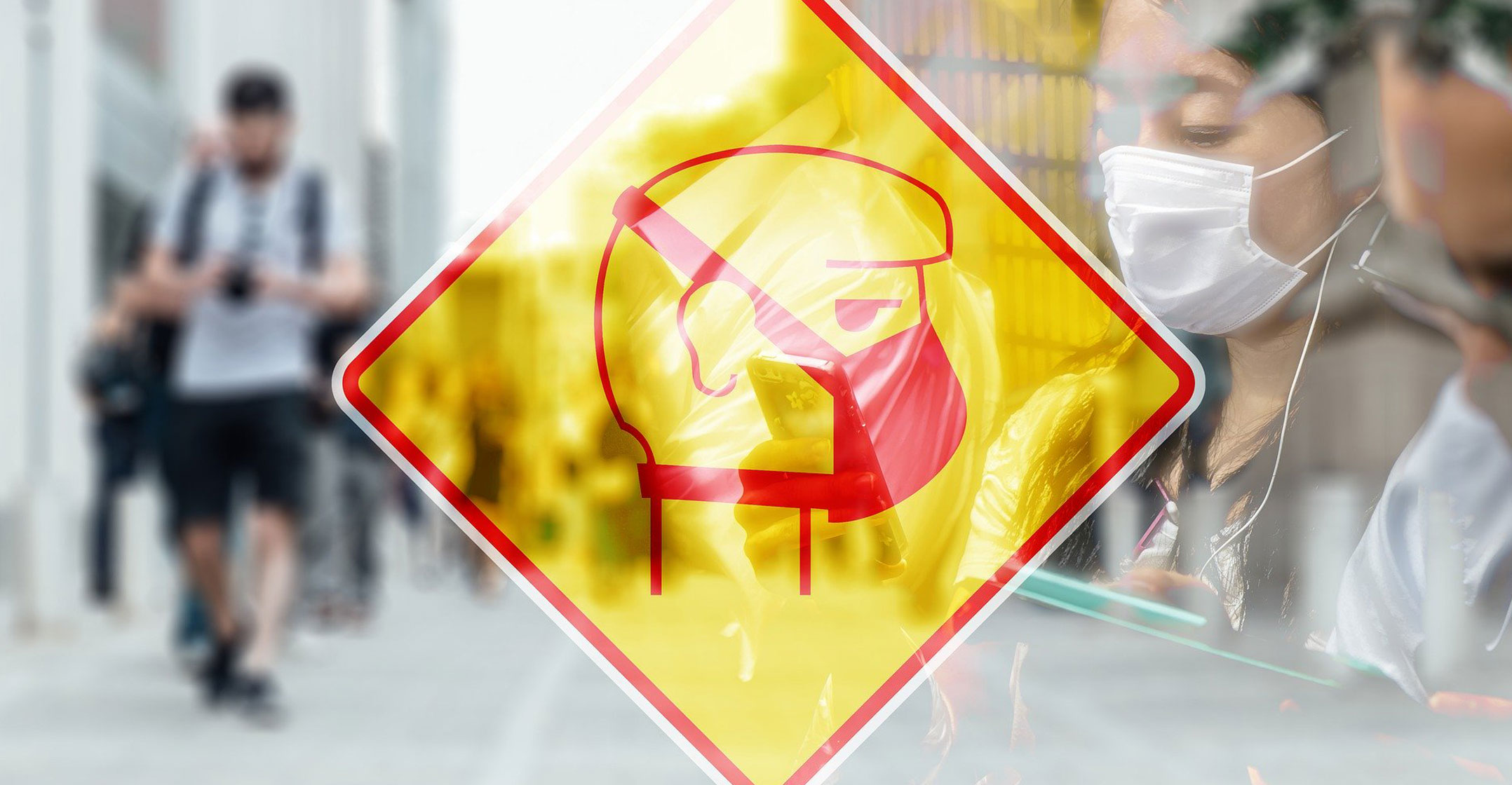 Society is seemingly trapped in amber, frozen in place by the coronavirus. But really we’re speeding ever faster toward a technological future. Changes that would have occurred over the course of years are happening in weeks. The global pandemic is an accelerant, thrown on the flames of progress and calling to mind the famous Lenin quote: “There are decades where nothing happens; and there are weeks where decades happen.”
Society is seemingly trapped in amber, frozen in place by the coronavirus. But really we’re speeding ever faster toward a technological future. Changes that would have occurred over the course of years are happening in weeks. The global pandemic is an accelerant, thrown on the flames of progress and calling to mind the famous Lenin quote: “There are decades where nothing happens; and there are weeks where decades happen.”
In the US, germ-phobic shoppers are finally embracing contactless payments. For a decade, the fragmented American retail industry had resisted new payment technologies that have spread across Europe and Asia. But as people worry about catching the coronavirus by handling cash or touching the keys on a touchpad, systems that allow shoppers to tap their cards or smartphones on credit card terminals are grabbing a larger share of transactions. Grocery chains like Publix are speeding up the roll-out of contactless terminals and the introduction of services like Apple Pay and Google Pay.
At home, the sauntering video-streaming revolution has sped to a gallop. Traffic to Netflix, Hulu, YouTube, Amazon Prime Video and Amazon.com’s Twitch gaming service have seen a huge surge, and in some cases the companies have had to reduce the quality of their videos to ease Internet congestion. Shares of Netflix are up more than 30% for the year, close to an all-time high. Meanwhile, terrestrial cable is suffering, with declining audiences year over year to channels like Disney (prime-time viewers down 37% in the second week of April), Investigation Discovery (down 29%) and live sports-less ESPN (down 62%) according to Nielsen.
In the field of medicine, apprehensive patients have embraced the once-dubious notion of a virtual doctor visit. “It’s unfortunate, but the current epidemic is pushing patients to make the leap, and it can accelerate a change in habits,” said Olivier Thierry, CEO of Qare, a French service that offers online doctor consultations. For telemedicine start-ups like Sweden’s Kry, the 41% week-to-week increase in online consultations outside its home base has left the industry’s 14% annual growth projection in the dust.
Accelerating
Everywhere you look, the pace of technology use is accelerating. Facebook fatigue seems to have evaporated and social networking is up — the video chat party app Houseparty has seen 50 million sign-ups over the last month. The use of Microsoft Teams video chat service set a new daily record of 2.7 billion meeting minutes, and Zoom has zoomed from 10 million users to more than 200 million, despite concerns about its security efforts.
Elsewhere, the share of e-commerce and grocery deliveries to the home is increasing rapidly, for the obvious reasons, further fortifying the competitive positions of Amazon and Walmart, already the largest retailers in the world.

One concern is that the increased embrace of technology will also amplify its accompanying ills. With 1.5 billion kids staying at home, they’re being indulged with more screen time than ever. Google and Apple’s partnership to embed contact-tracing features in their smartphone software raises the spectre of unchecked corporate and government surveillance — an Orwellian dystopia, but one that now seems reasonable, if it can only offer a route out of the current predicament.
So, will everything go back to normal when the pandemic fades and the lockdowns lift? Silicon Valley futurist Paul Saffo thinks that many of these changes, like more employees working from home, will become permanent as companies recognise the benefits of telework and the wisdom of distributing employees among multiple places to protect against future pandemics. In fact, he predicts that San Francisco’s Salesforce Tower will be the last significant high-rise ever built in the city, as offices finally adopt remote work technology. “A balloon once stretched never returns to its original size,” he said. — Reported by Brad Stone, (c) 2020 Bloomberg LP




